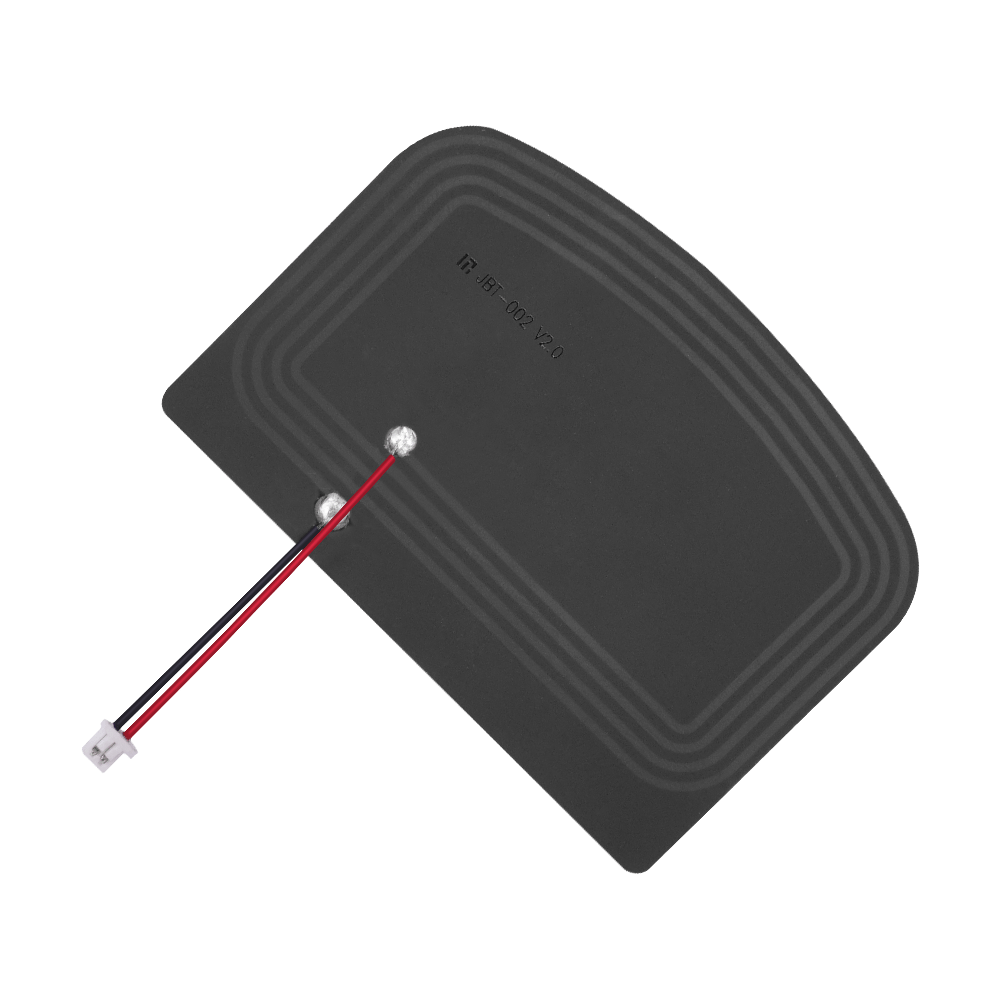In today's digital landscape, internal antennas play a crucial role in the performance of various electronic devices. From smartphones to laptops, these components are essential for enabling wireless communication. But how do they work, and what impact do they have on device performance? This article delves into the intricacies of internal antennas, providing a comprehensive understanding of their functionality and significance.

Understanding Internal Antennas
Internal antennas are embedded within devices, allowing them to communicate wirelessly without the need for external components. Unlike external antennas, which can be bulky and unsightly, internal antennas are designed to be compact and efficient. They are often made from materials such as copper or conductive polymers, which facilitate signal transmission.
How Do Internal Antennas Work?
The operation of internal antennas is based on the principles of electromagnetism. When an electrical current passes through the antenna, it generates electromagnetic waves. These waves then propagate through the air, allowing devices to send and receive data. The effectiveness of an internal antenna can be influenced by several factors, including:
- Design and shape
- Material composition
- Placement within the device
- Surrounding components
For instance, if an internal antenna is poorly designed or improperly placed, it may lead to reduced signal strength and connectivity issues. Therefore, understanding the design principles of internal antennas is vital for optimizing device performance.
The Impact of Internal Antennas on Device Performance
Internal antennas significantly affect the overall performance of electronic devices. A well-designed internal antenna can enhance data transfer rates, improve signal quality, and extend the range of wireless communication. Conversely, a subpar internal antenna can result in dropped connections and slow data speeds. Have you ever experienced poor connectivity on your smartphone? This could be attributed to the limitations of its internal antenna.
Key Benefits of Internal Antennas
Here are some key benefits of using internal antennas in devices:
- Space Efficiency: Internal antennas save space, allowing for sleeker device designs.
- Improved Aesthetics: They eliminate the need for protruding components, enhancing the overall look of the device.
- Enhanced Performance: Quality internal antennas can lead to better signal reception and transmission.
- Cost-Effectiveness: Integrating antennas internally can reduce manufacturing costs.
Choosing the Right Internal Antenna
When selecting an internal antenna for a device, it is essential to consider factors such as frequency range, gain, and radiation pattern. Manufacturers often provide specifications that can guide you in making the right choice. For those interested in exploring high-quality options, check out  for a comprehensive collection of internal antennas.
for a comprehensive collection of internal antennas.
Conclusion
In summary, internal antennas are vital components that significantly influence the performance of electronic devices. By understanding their functionality and impact, manufacturers and consumers alike can make informed decisions that enhance connectivity and user experience. As technology continues to evolve, the importance of optimizing internal antennas will only grow, making them a key area of focus in the design and development of future devices.














